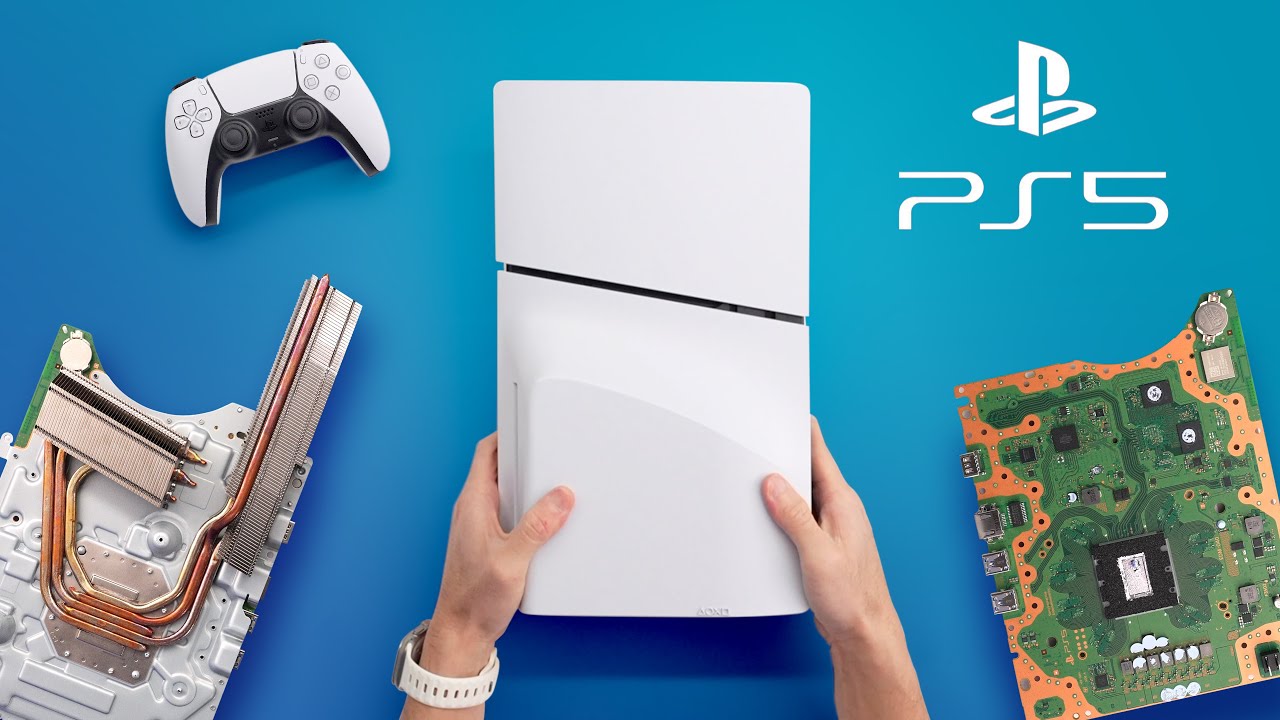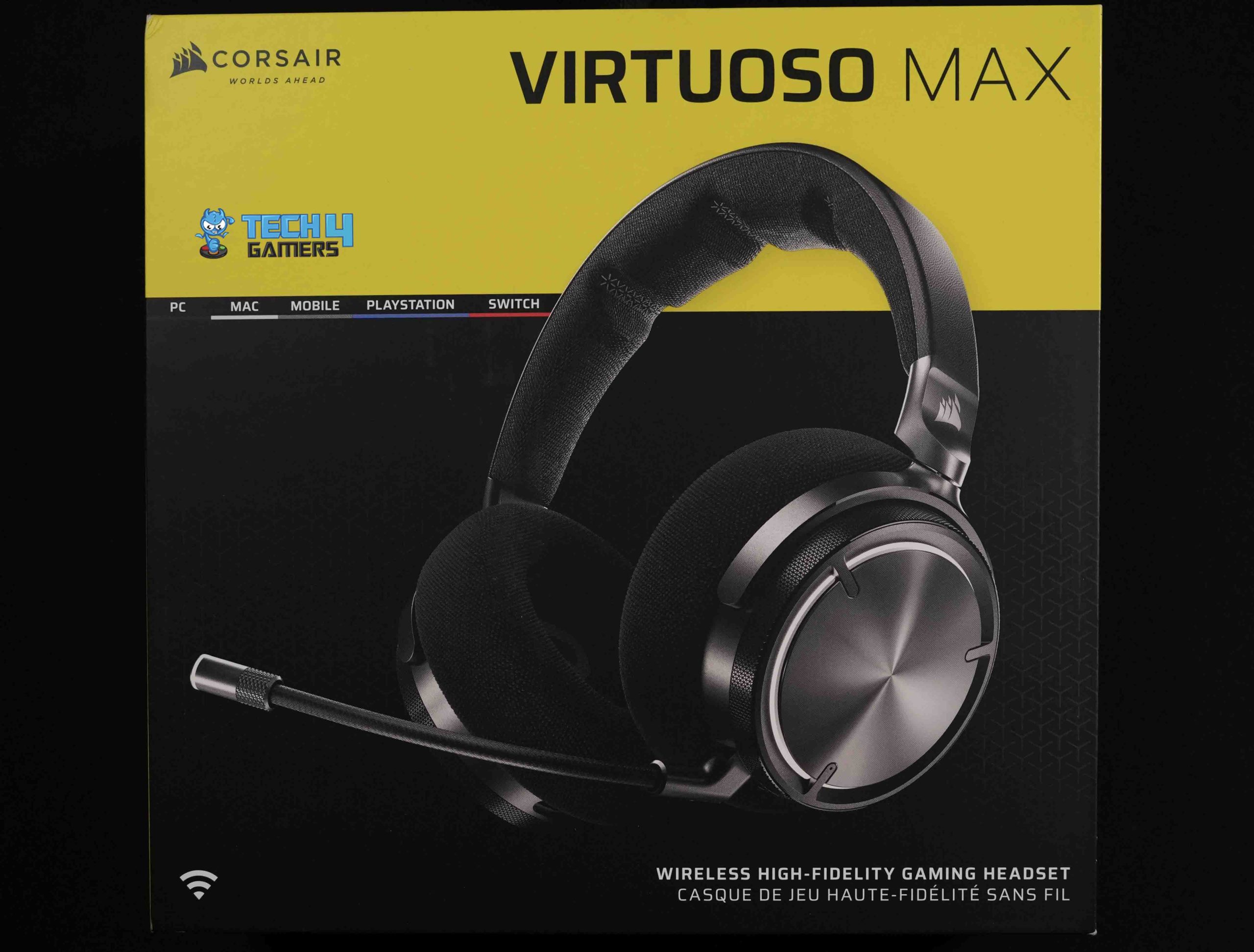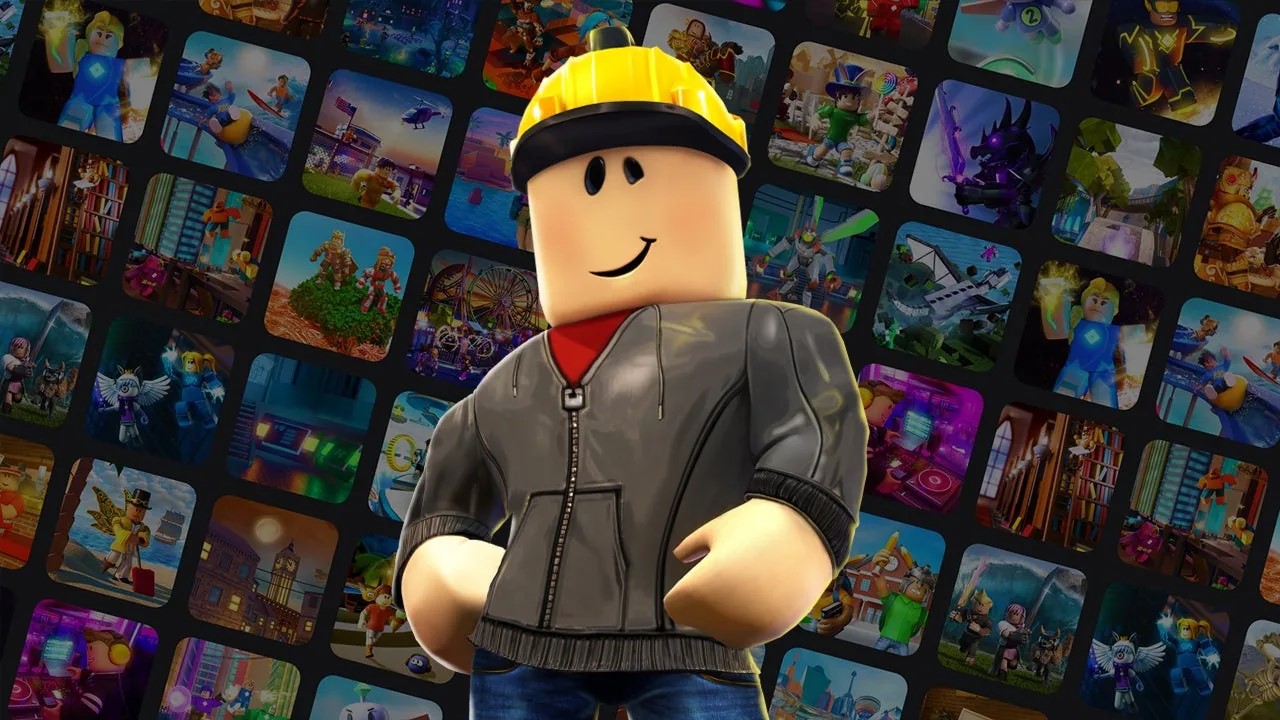- Purchasing new technology at launch is often a poor financial decision because prices drop a lot a few months later.
- The minor upgrades in new models usually do not justify the premium price for most people’s daily use.
- You can get better value by waiting to buy. The best time for phones is 9–12 months after release, and for laptops, it is 12–18 months.
I’ve lost count of how many times I’ve bought a shiny new gadget, only to feel a bit foolish three months later when its price drops like a rock. The worst was when I upgraded my phone the week it launched: within a season, it was $200 cheaper, and mine already had fingerprints on the screen.
That’s when I started paying closer attention to what I now think of as the “tech life cycle.”
New gadgets arrive at lightning speed, but their value fades just as fast. Companies know exactly how to fuel the hype: flashy ads, influencers, countdowns, but I’ve learned the smarter move isn’t always to buy right away.
Timing can make all the difference between overpaying and actually getting good value.
Why Brand-New Isn’t Always Better

When I look back, most of my so-called “upgrades” weren’t even that big of a deal. A slightly better camera, a different charging port – stuff I didn’t really need. The truth is, unless you rely on top-tier performance for work, you probably don’t notice these small changes in daily use.
Now I wait for the sweet spot. For phones, that’s usually 9–12 months after launch, and for laptops it’s closer to 12–18 months. By then, prices drop, but the device is still powerful enough to last for years.
It’s not about skipping upgrades entirely; it’s about not paying a premium just to be first. In this case, The Fear of Missing Out is not real.
Why “Used” Feels Smarter Than “New”
I used to think buying secondhand meant settling for less. But after picking up a gently used Nintendo Switch a couple of years back, my perspective flipped.
I saved a few hundred bucks, got the same exact gaming experience, and didn’t feel like I was missing out. Now I always buy used video game systems to get a good deal and save money.
That same logic applies to consoles, laptops, and even phones. If you’re patient, you can snag solid deals right after new models release, when early adopters flood the resale market.
And if you’re into retro systems, used is often the only option. Sometimes those old consoles even appreciate in value, unlike modern tech that loses half its worth in a year. So weirdly enough, a 1990s console might be a better long-term investment than a brand-new phone.
Honestly, the only thing you’re missing with secondhand is that fresh plastic smell, which disappears in about five minutes anyway.
Following the Cycle Instead of the Hype

One thing I’ve noticed is how predictable this whole cycle is. First comes the launch hype, then the early adopters, then the inevitable price correction.
If you learn to recognize where a product is in that cycle, you can time your purchases without falling for the hype.
For example, I bought my last tablet right after its newer sibling came out. Same brand, slightly older model, but way cheaper, and it’s still doing everything I need. It just takes patience, and sometimes resisting that urge to “join in” on launch day.
Another lesson I’ve had to learn is that the “best time” to buy isn’t always about discounts; it’s about when I actually need the device. If my laptop dies before a big deadline, waiting six months for a price drop is pointless.
But if my smartwatch still works fine and I just feel FOMO over a new color band, I remind myself it’s okay to wait.
Phones usually last me about three years before the battery or software starts dragging. Consoles can go five to seven years without issue.
And laptops? As long as I don’t push them too hard, they can last just as long. I’ve started upgrading based on how much my current setup holds me back, not on what companies tell me is “life-changing.”
Value Over Price
The last change in my mindset has been thinking in terms of value instead of just price. I used to chase the cheapest deal, but that backfired more than once.
A $300 laptop that dies in a year is way more expensive in the long run than a $600 one that runs smoothly for five.
Refurbished gear has also become a go-to for me. As long as it’s certified and comes with a warranty, it’s basically new but with a big discount. That feels a lot safer than gambling on random online sellers.
If there’s one thing I’ve learned, it’s that tech isn’t a race. The cycle is predictable, and the hype is temporary.
Once I started buying on my own timeline, which is waiting for the sweet spots, considering refurbished, or just holding off until I really needed something, I stopped feeling that “buyer’s remorse” pit in my stomach.
The truth is, the latest gadget will still be there tomorrow. My money, on the other hand, is better off staying in my pocket until I’m sure it’s the right time.
Thank you! Please share your positive feedback. 🔋
How could we improve this post? Please Help us. 😔
Passionate gamer and content creator with vast knowledge of video games, and I enjoy writing content about them. My creativity and ability to think outside the box allow me to approach gaming uniquely. With my dedication to gaming and content creation, I’m constantly exploring new ways to share my passion with others.


 Threads
Threads

